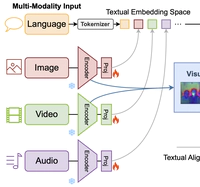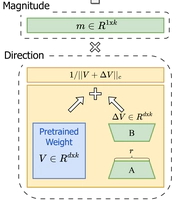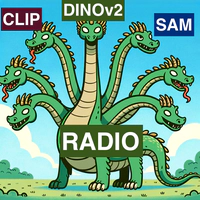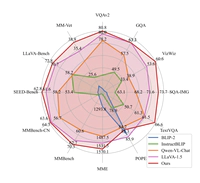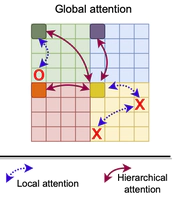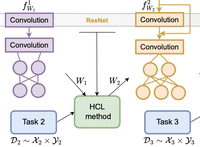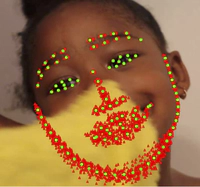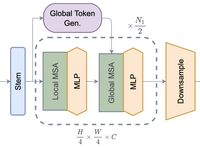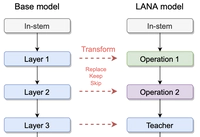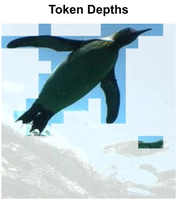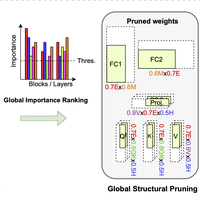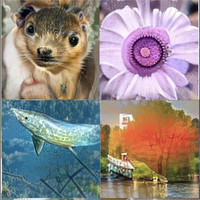Pavlo Molchanov
Pavlo Molchanov is a Distinguished Research Scientist and Team Manager at NVIDIA Research. Since 2023, he has been leading the Deep Learning Efficiency Team at NVIDIA Research. He obtained a PhD from Tampere University of Technology, Finland, in 2014 with Karen Eguiazarian. During his studies, he received the Nokia Foundation Scholarship, GETA Graduate School grant, Best Paper Award, and Young Researcher Award at EuRAD. Recently, he has focused on efficiency in LLMs and multi-modal models: compression, NAS-like acceleration, novel architectures, and adaptive/conditional inference.
His past research has led to several NVIDIA product integrations: hand, body, and facial keypoint estimation and recognition in DriveIX, Broadcast, Omniverse, Maxine; efficient vision backbones in TAO, developed compression techniques in TAO, NVIDIA AV, TRT Model Optimization; and small in-game LLMs called Minitron.
We are always on the lookout for promising interns and full-time positions in the area of LLM and VLM efficiency. Feel free to reach out to me for more details. I am also interested in connecting with individuals who share similar research interests.
